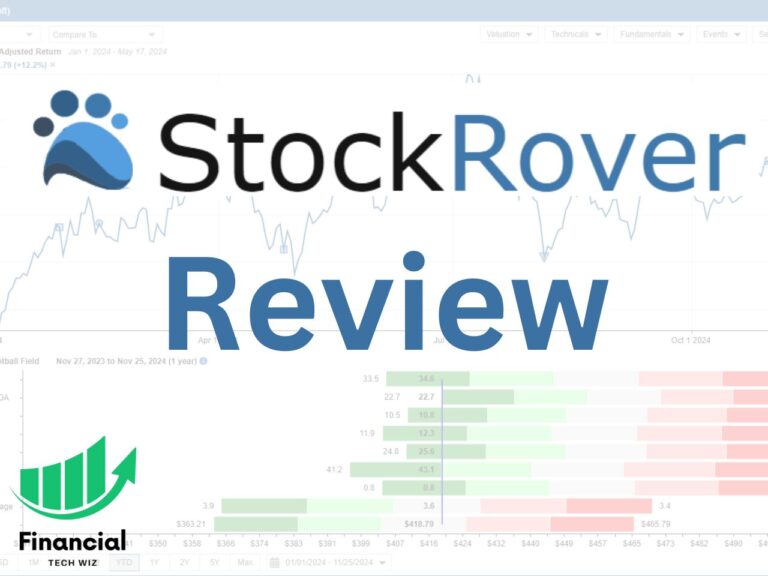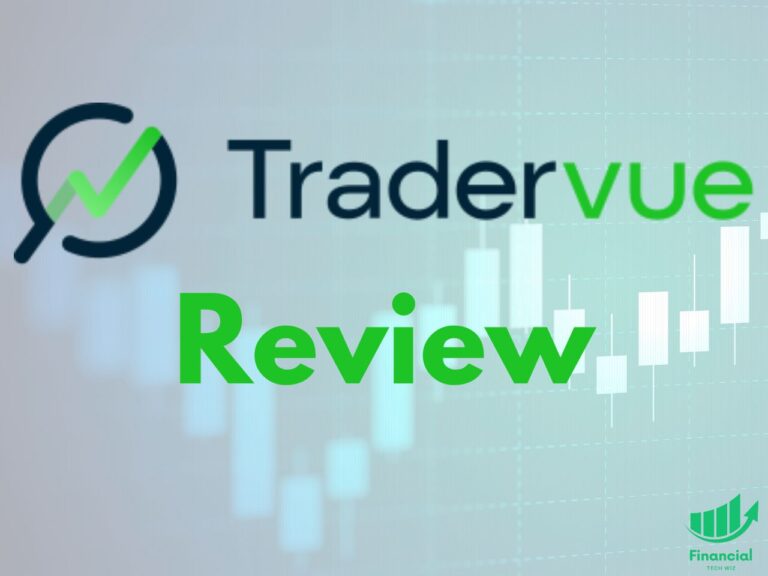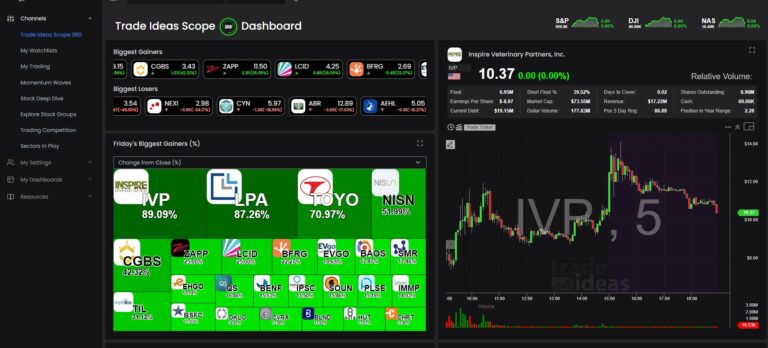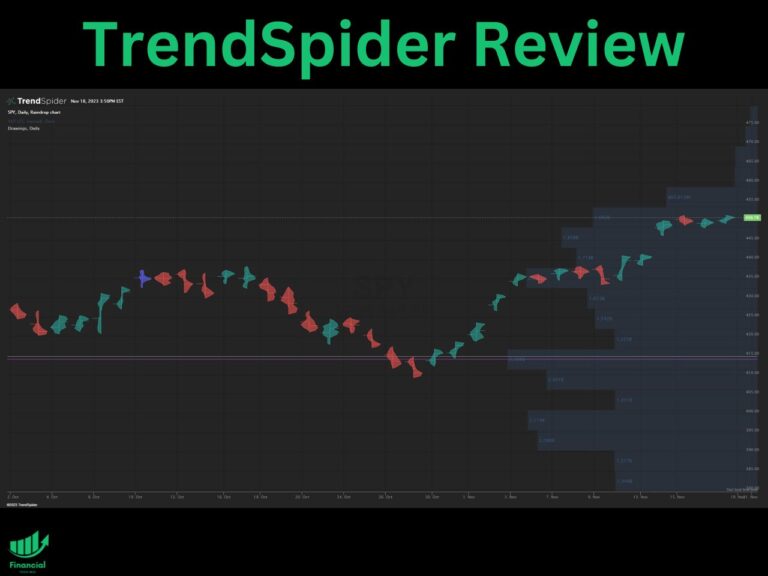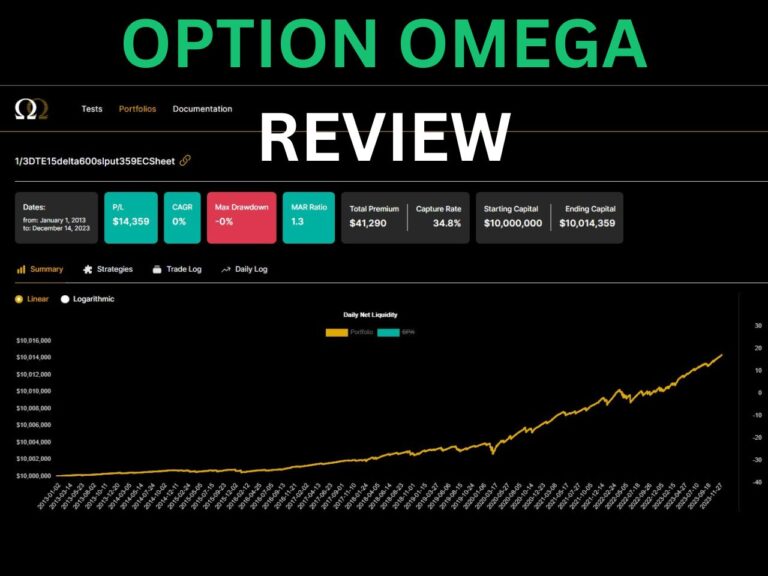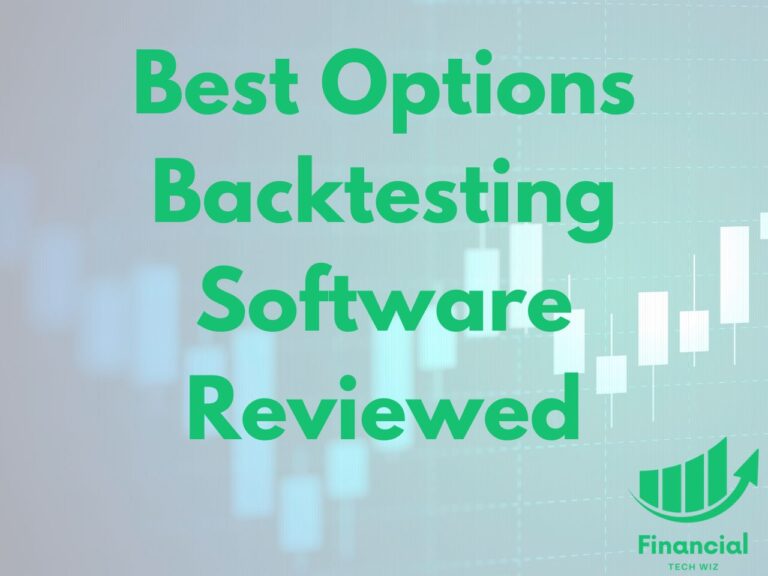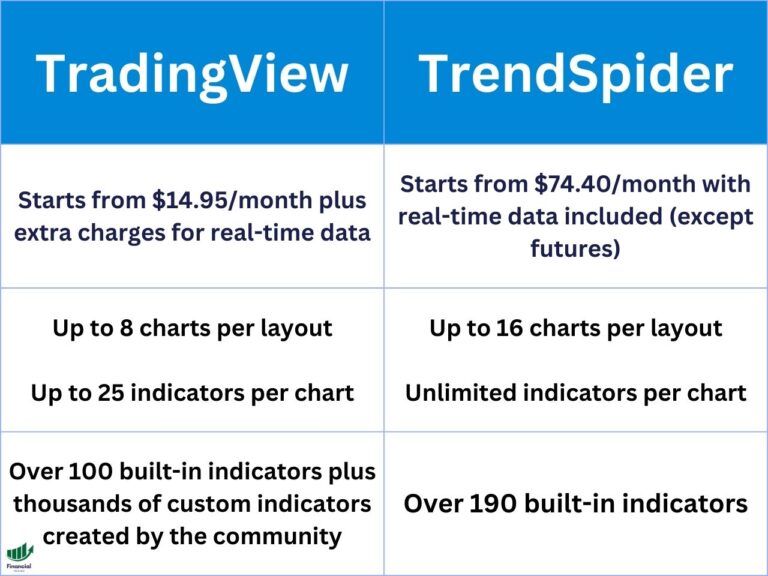The 7 Best ETFs to Buy Now in 2024
Buying ETFs is the simplest and safest way to invest in the stock market. Continue reading to discover the best and lowest-cost ETFs to put your investment strategy on auto pilot.

The Best ETFs to Invest In
1- VOO
VOO is the Vanguard S&P 500 fund and is arguably the most popular due to its low-cost and Vanguard’s excellent reputation. The S&P 500 provides exposure to the top 500 large-cap U.S. stocks.
- Expense Ratio: 0.03%
2- VTI
VTI is the Vanguard Total Stock Market Fund and is great for those who want more diversity than the S&P 500. VTI provides exposure to nearly every U.S. stock, from small to large-cap companies.
- Expense Ratio: 0.03%
3- VIG
VIG is the Vanguard dividend growth fund and is great for those seeking exposure to dividend-appreciating companies. VIG is a great mix of capital growth potential and consistent dividend income.
- Expense Ratio: 0.06%
4- SCHD
SCHD is the Schwab US Dividend Equity ETF and tracks 100 companies with stable dividend payments and good fundamentals. SCHD is great for dividend investors seeking a high dividend yield investment strategy.
- Expense Ratio: 0.06%
5- JEPI
JEPI is the JP Morgan Equity Premium Income ETF and utilizes a covered call strategy to generate income. JEPI is known for its high monthly dividend payments but is best used in a ROTH IRA since the dividends are taxed at your regular income rate.
- Expense Ratio: 0.35%
6- QQQ
QQQ is the Invesco Nasdaq 100 ETF designed to track the top 100 largest non-financial companies. QQQ provides investors with high capital growth potential and is more aggressive compared to the other ETFs on this list.
- Expense Ratio: 0.20%
– Free trading journal template & cheat sheet PDFs
– Custom indicators, watchlists, & market commentary
– Access our free trading community

